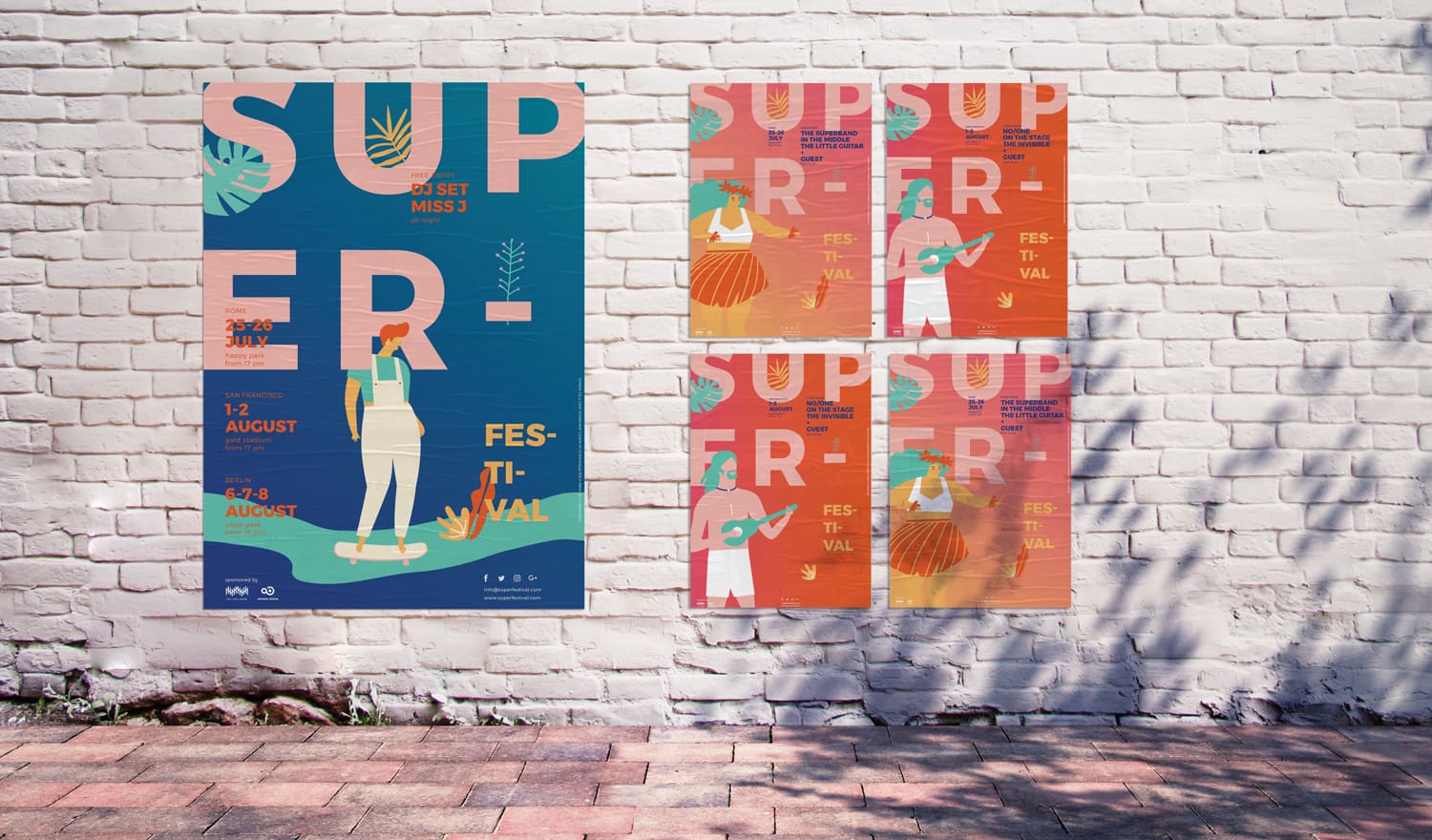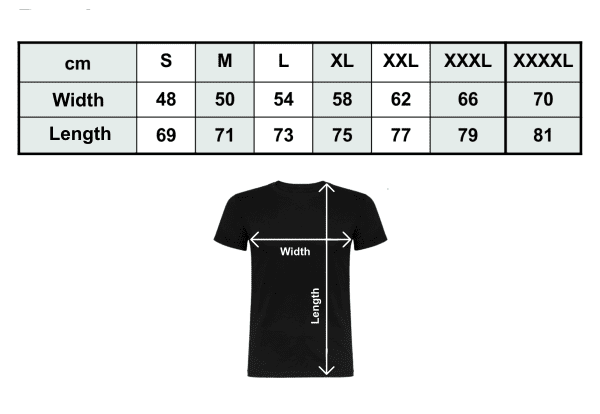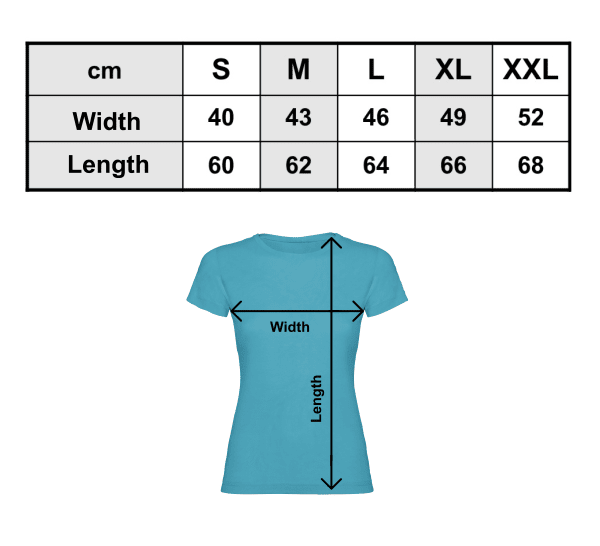Ever found yourself stopped in your tracks by a striking poster, its vivid colors and compelling message pulling you into a world of curiosity? Consider how a well-crafted poster can transform the buzz around an event, turning passive onlookers into enthusiastic attendees. This is the power of visual storytelling at its best, a craft that blends art with direct messaging to capture and engage an audience.
The Art of Poster Design
Poster design is a dance between creativity and strategy. It requires a keen eye for aesthetics, a deep understanding of your audience, and an unerring ability to condense the essence of an event into a single, captivating image. The journey begins with choosing a theme that resonates. Whether it’s a high-energy concert, an avant-garde art exhibition, or a community fundraiser, the theme dictates the design direction.
Color plays a pivotal role in this visual ballet. Warm colors might evoke excitement and passion, perfect for a music festival, while cooler tones could suggest sophistication and calm, ideal for a gallery opening. Typography, too, is not just about readability but about personality; it’s about finding that perfect font that speaks the language of the event before the viewer even reads a word.
Imagery must do more than just ‘look good.’ It should tell a story, evoke emotions, and provoke curiosity. A powerful image can speak volumes, perhaps showcasing a sneak peek of the headline act or a collage that captures the spirit of the event. It’s about creating a focal point that draws the eye and sparks imagination.
Engagement Through Personalization
Once the basic elements of design are in place, the next step is personalization. This isn’t just about slapping a logo or an event name on the poster; it’s about making a connection with the potential attendee. Personal touches, maybe a local landmark or a well-known public figure associated with the event, can create a deeper resonance. Consider also the use of QR codes or hashtags that invite further interaction, transforming a static image into a portal to a dynamic online presence.
Storytelling is another crucial aspect. The poster should not merely inform; it should entice, tease, and intrigue. A good narrative will make the viewer feel like they’re missing out if they don’t participate. This can be achieved through creative copywriting that complements the visual elements, perhaps with a catchy tagline or a mysterious quote that piques curiosity.
Technical Considerations
With the creative aspects nailed down, it’s time to focus on the technical. This involves making decisions about the size and material of the poster. Larger posters make a bold statement and are hard to miss, while smaller ones might be used for more targeted, intimate settings. The choice of material also affects the perception of the event – glossy finishes might convey a high-energy, glamorous affair, whereas a matte finish could suggest sophistication and understatement.
Printing technology has evolved to offer a wide range of possibilities. Digital printing allows for vibrant colors and high levels of detail, making it suitable for most events. For those seeking an eco-friendly option, soy or vegetable-based inks and recycled paper are considerations that not only benefit the environment but also add a talking point to the narrative of the poster.
Distribution Strategies
Design and production are only part of the poster’s journey; effective distribution is key to ensuring it reaches the right audience. Strategic placement in high-traffic areas that your target demographic frequents can significantly increase visibility. Consider partnering with local businesses or community centers that align with the event’s theme for display opportunities. Moreover, integrating online methods, like sharing digital versions of the poster on social media or through email newsletters, can amplify reach and engagement.
Another innovative approach is to create limited edition versions of the poster. This not only makes them more desirable but also encourages sharing among communities. Collectors and enthusiasts are likely to display these proudly, providing additional organic exposure.
Measuring Success
Finally, the success of a poster should not only be measured by the attendance it drives but also by the buzz it creates. Engage with your audience through social media to see how they interact with your poster. Are they sharing it? Are they commenting on it? Such interactions provide valuable feedback for future designs. Additionally, tracking tools like QR code scans can offer concrete data on how many people engaged with the poster digitally.
Remember, a successful poster does more than fill seats; it builds anticipation, creates a connection, and enhances the overall experience of the event. It stands as a testament to the power of visual communication, merging aesthetics with utility, and art with information.
Conclusion
Creating a captivating poster is a holistic process that combines artistic expression with marketing acumen. Each element, from design to distribution, plays a crucial role in crafting a piece that not only captures attention but also encapsulates the spirit of the event. So, next time you embark on designing a poster, think beyond the paper. Consider the stories it will tell and the experiences it will evoke. After all, isn’t that what every event strives to achieve?





